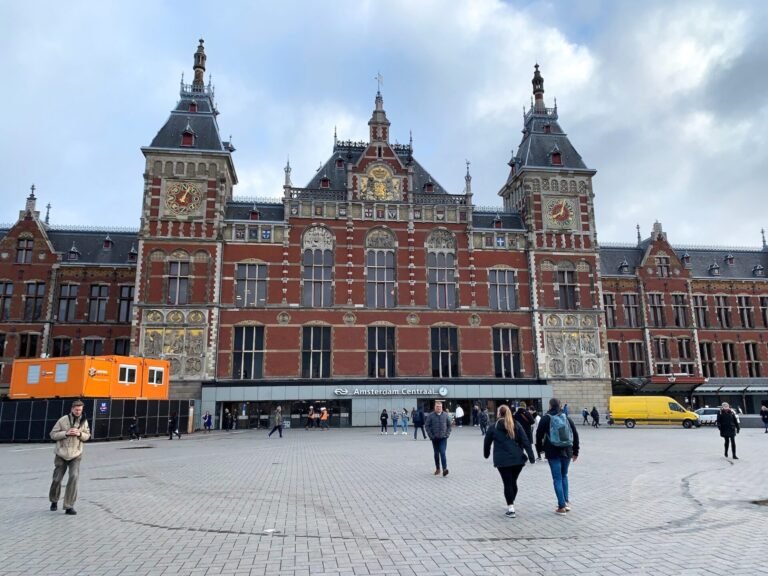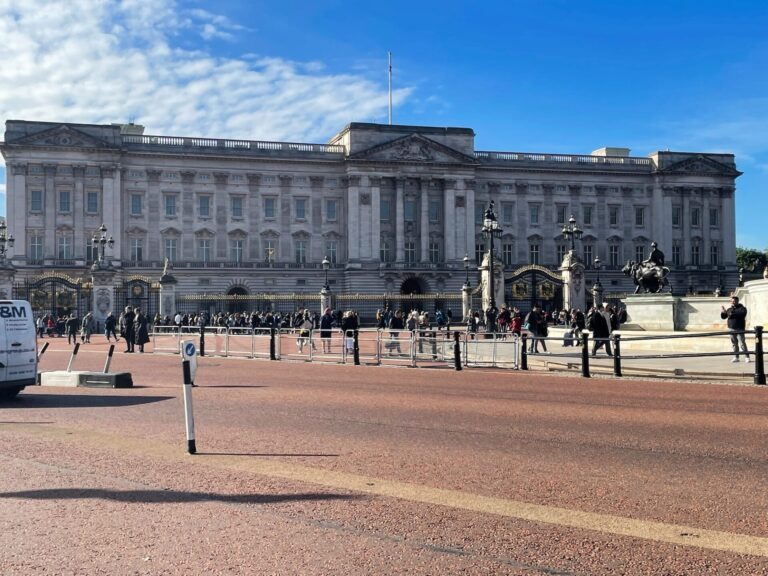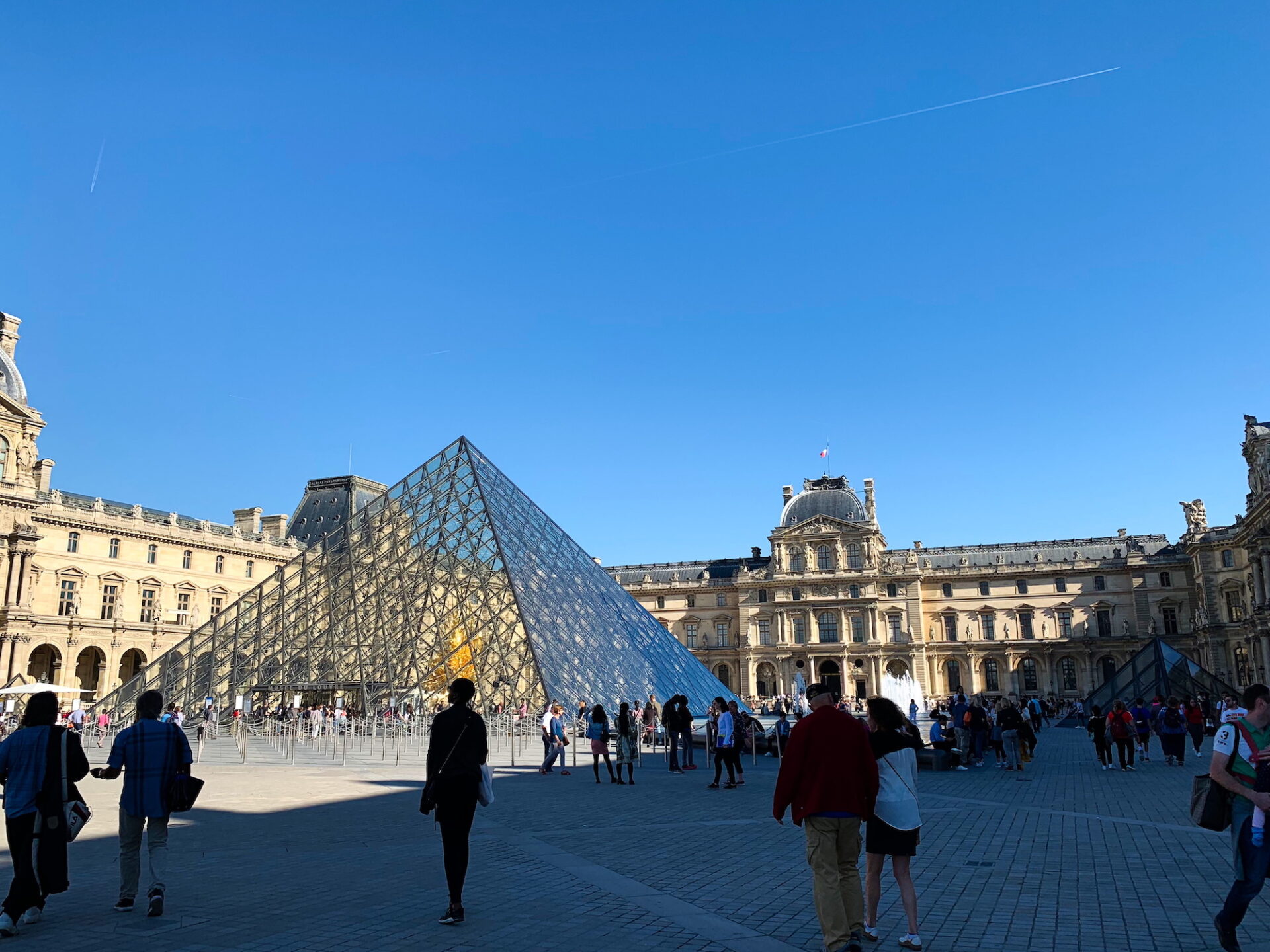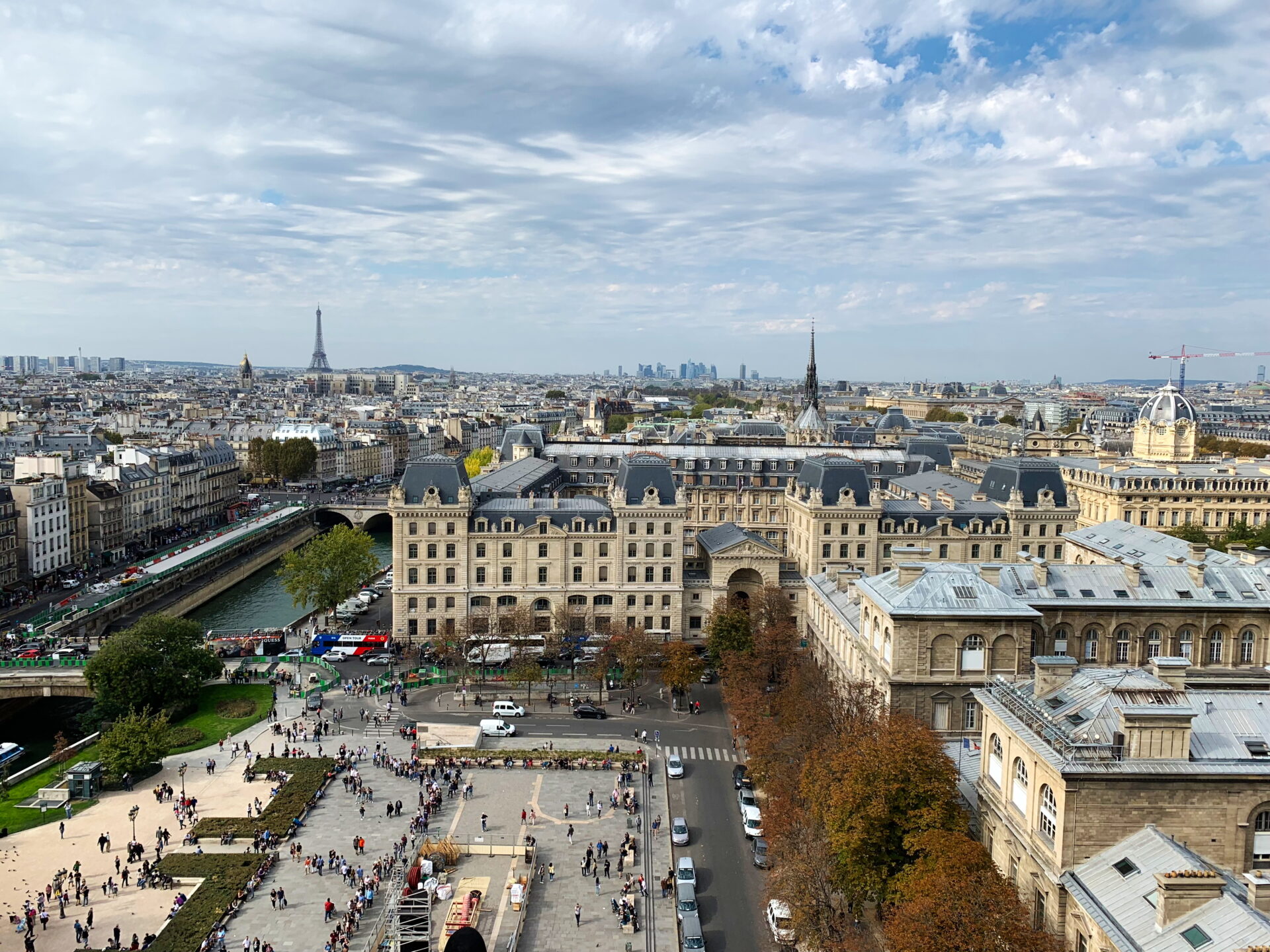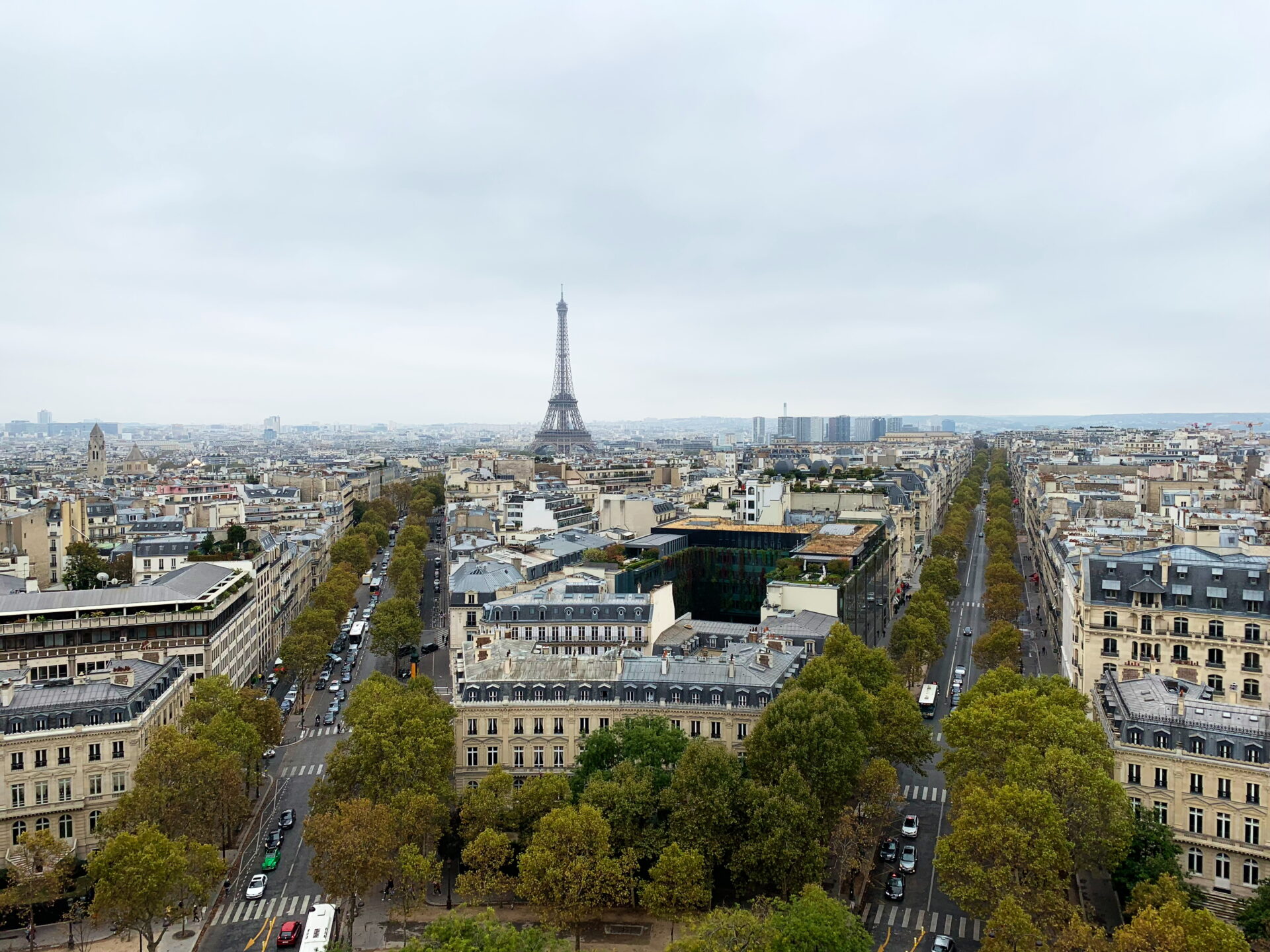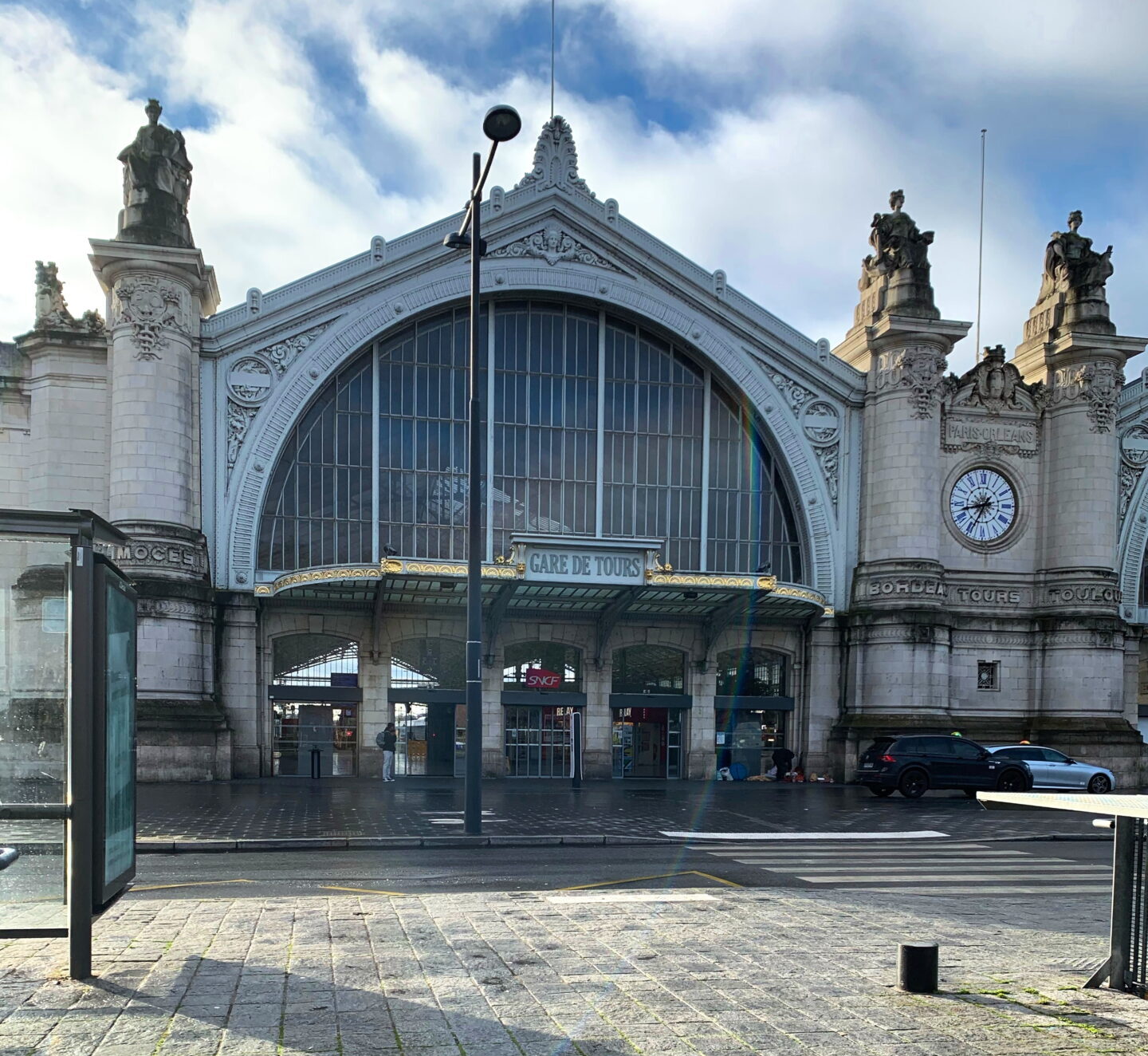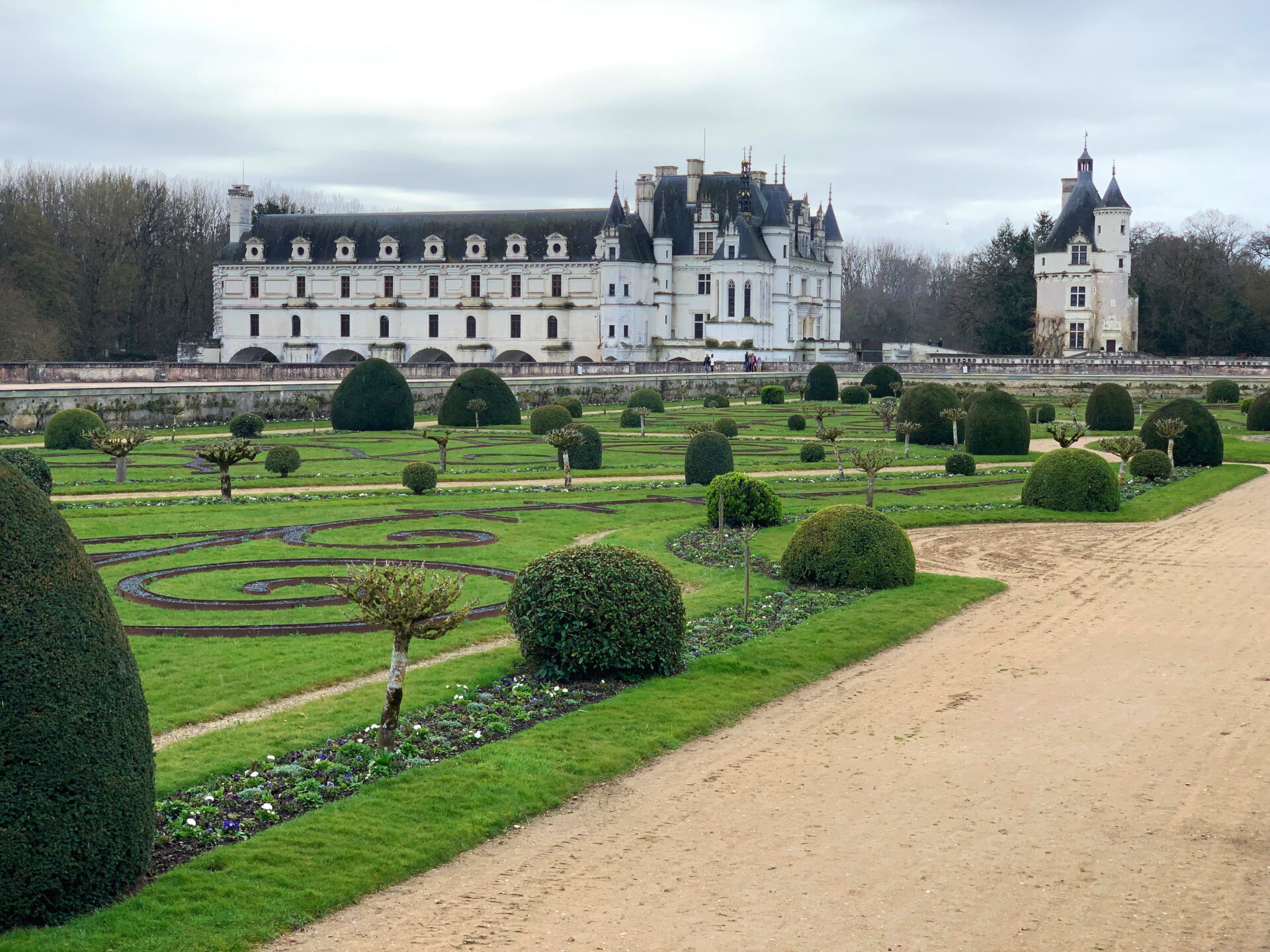France is an amazing country to visit. There’s the history and wonderful museums of Paris, the chateaux that cover the Loire Valley, artist inspiration in Provence, and so much more.
Let’s plan your trip!
Top Things to Do | Itineraries | Know Before You Go | Transportation | When to Travel | Costs & Budget | Solo Female Travel Advice | Photo Inspiration | All Blog Posts
Top Things to Do
Paris – The capital and most populous city in France has so many museums and other famous sights that you will not be bored.
Loire Valley – This region of France is defined by the Loire River and is famous for its more than 300 chateaux that are sprinkled throughout the region.
Normandy – For World War II buffs, a visit to this region in northern France is a must. Beyond World War II sights, you’ll also see the famous Mont St. Michel.
Bordeaux – You’ll find plenty of history, but this region of France is famous for its food and wine. Some people claim that this is the best food in all of France.
French Riviera – For a break from some of the big cities, stop by the French Riviera to relax on his beautiful beaches.
Provence – Many people claim that this is the prettiest area in France. It’s no wonder that so many famous artists found their muse here.
Itineraries
Know Before You Go
Currency – Euro. Credit and debit cards are widely accepted.
Language – French. In large cities, like Paris, English is common enough that you won’t have too much trouble. However, it’s still polite use a little French if you can. Outside of large cities, English can be rare. When I visited the Loire Valley, the staff at my hotel and the chateaux spoke English, but in restaurants and stores, it was 100% French.
Power – 230V and 50hz. Types C and F.
Tipping – Your service charge is typically include in the cost of your meal, so tipping is generally not expected. However, if you had a fabulous experience, a small tip is appreciated.
Water – The tap water is safe to drink, so bring a reusable water bottle.
Transportation
By Plane – You can use planes for longer journeys, such as Paris to Nice.
By Train – Trains are fast and efficient and can help you connect cities that are further apart. SNCF is France’s national train operator and operates both high speed trains and slower, regional trains. To get the best price, book the high speed trains far in advance. For local regional trains, booking in advance is not a big concern as prices will not vary much. Check out my guide to France trains for more information.
By Bus – Buses are cheap and affordable, but can take longer. They’ll fill in the gaps where planes and trains don’t have great connections.
By Rental Car – In some regions of France, such as the Loire Valley, a rental car will make transportation easier since there are some places that just aren’t accessible by public transportation.
When to Go
Low Season – Winter is low season when the weather is coolest and crowds are at their lowest. Expect major sights to have more limited hours at this time of year. Additionally, some services may not operate at all.
High Season – Summer is high season when crowds are at their peak. Expect large crowds and warm weather.
Shoulder Season – Spring and fall have the best mix of good weather and manageable crowds. This can be the ideal time to visit France. I’ve visited both in spring and fall and had great experiences both times.
Budget
Prices in France will vary greatly based on when you travel and where you travel. Larger cities, like Paris, will typically be more expensive than smaller towns. While I found France to be more expensive than some other European countries (such as Spain), prices didn’t feel outrageous and it was still significantly cheaper than traveling in the United States.
Accommodations – Larger cities like Paris will be more expensive than small towns. Adjusted for 2023 prices, my costs for private, comfortable hotel rooms ranged from 70 euros (in Tours) to 100 euros (in Paris’s Montmartre district).
Food – France has a lot of good food, but the best part is you don’t have to spend a fortune. A pastry at a bakery will typically cost 2 euros. You should be able to find a good lunch for 10 to 20 euros. Dinners will cost more, but for 30 euro, you’ll be able to get a great dinner.
Transportation – Transportation costs vary wildly based on which mode of transport you choose, when you book your ticket, and which cities you are traveling between. For flights and high speed rail, book earlier for better prices. I’d recommend budgeting 100 euro for flights, 75 for high speed trains (15 for shorter local trains), and 20 for buses between cities. However, it’s better to look at the actual routes you take to get a more accurate idea.
Activities – Budget 15 to 20 euro per museum or sight that you plan to visit.
My Experience as a Solo Female Traveler
I’ve visited France twice: first in 2018 and again in 2023. There was never a time on either visit where I felt unsafe. However, it should be noted that I didn’t go out after dark and I never drank, which standard for my travel and lifestyle.
Photos to Inspire Your Travels
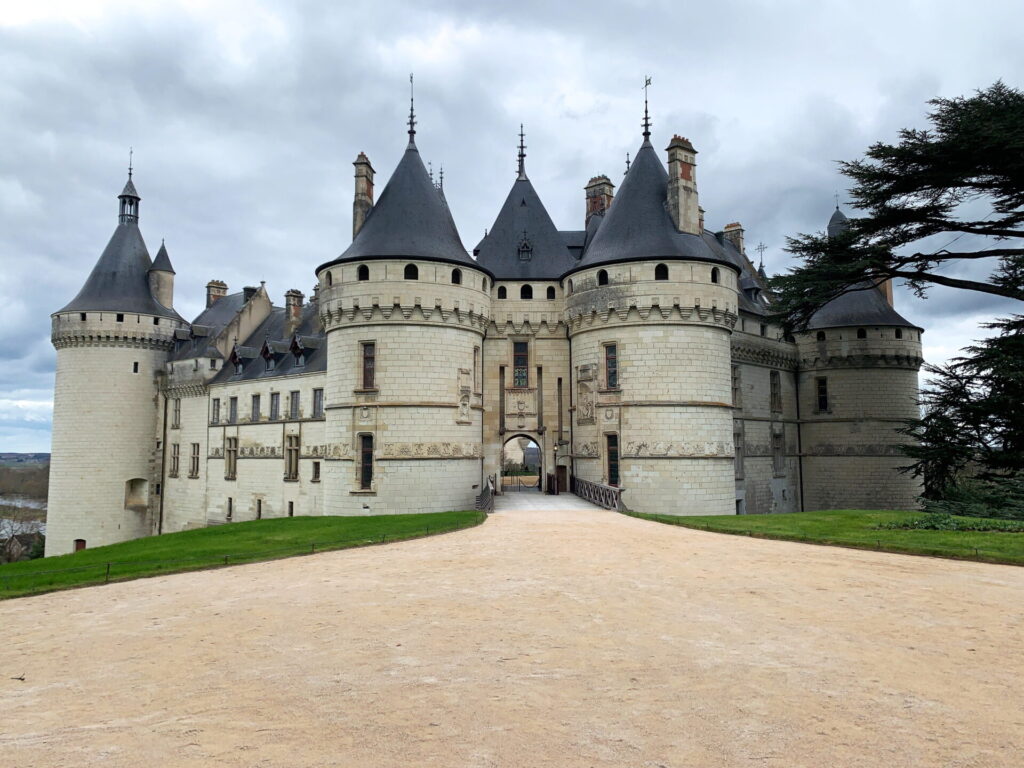
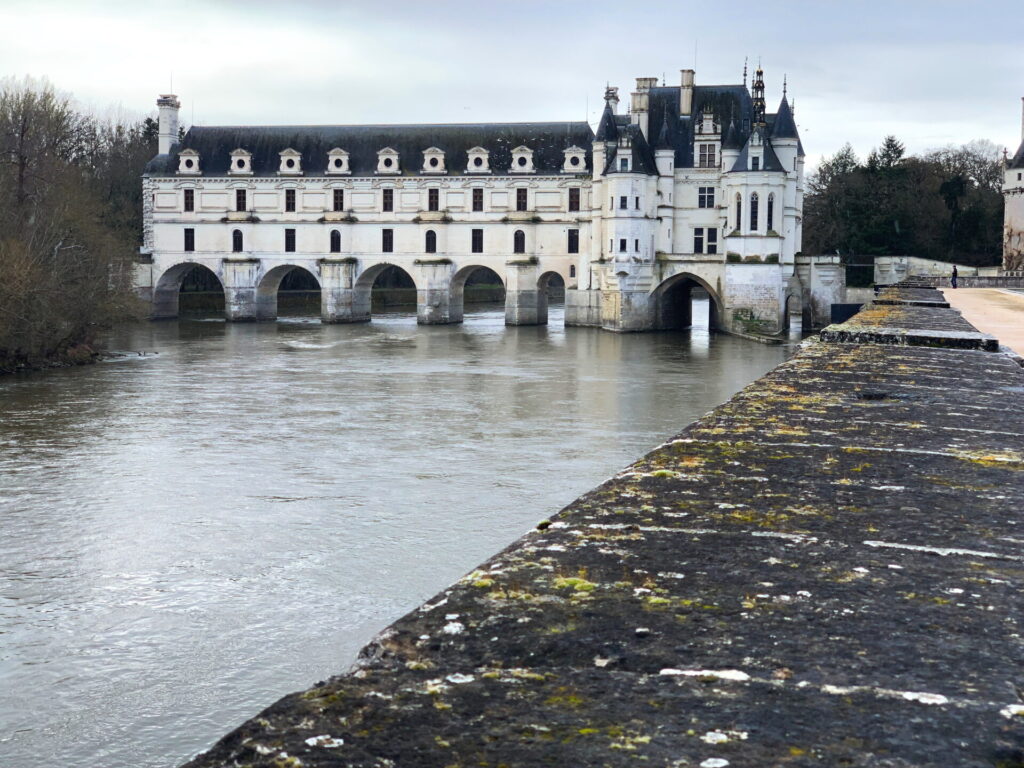
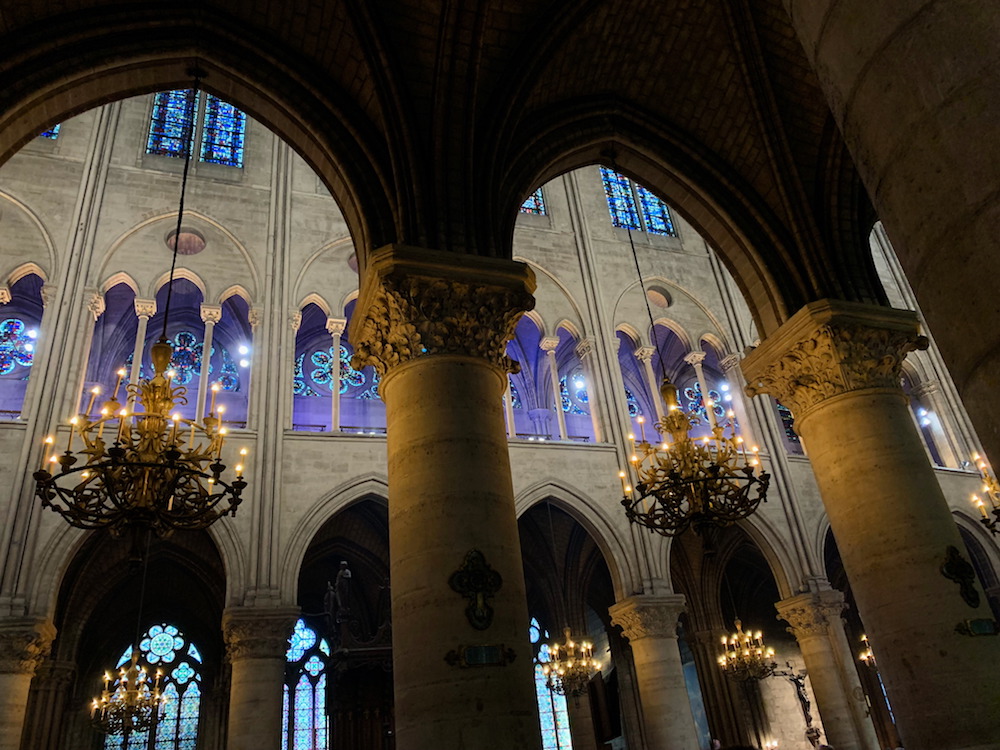
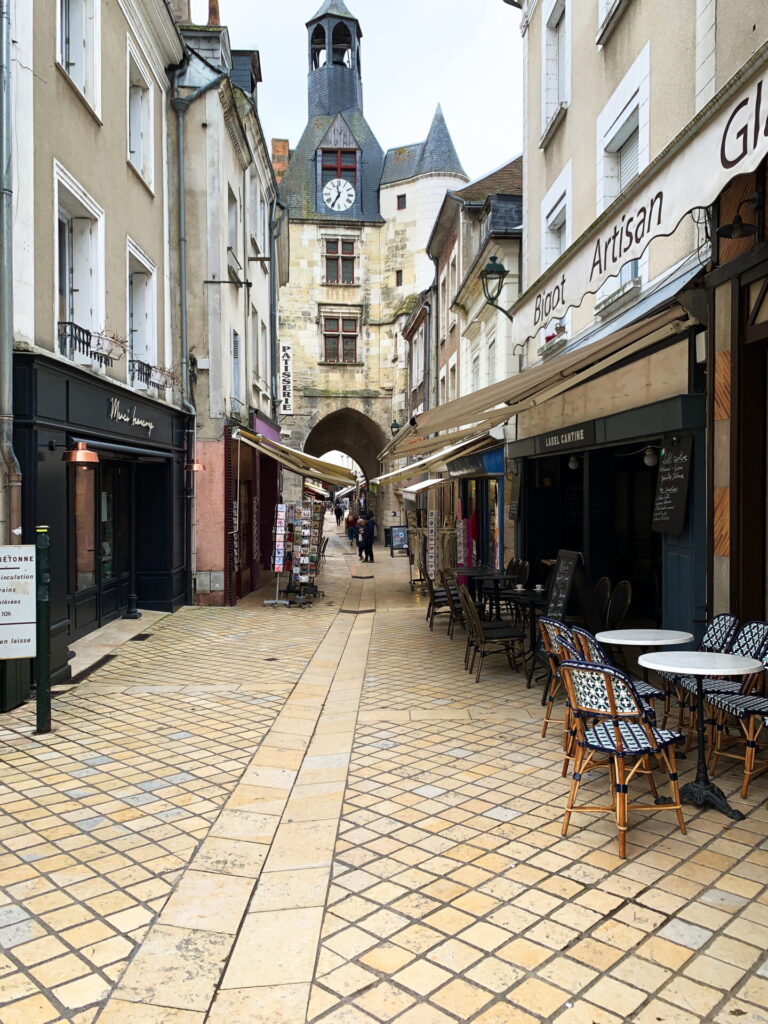
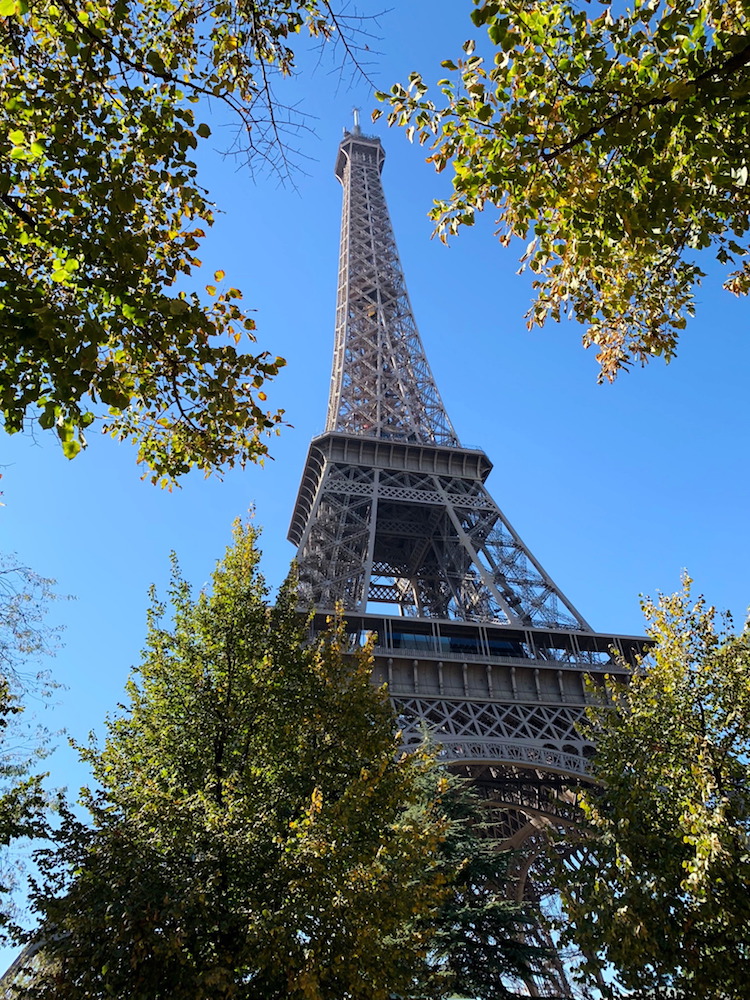
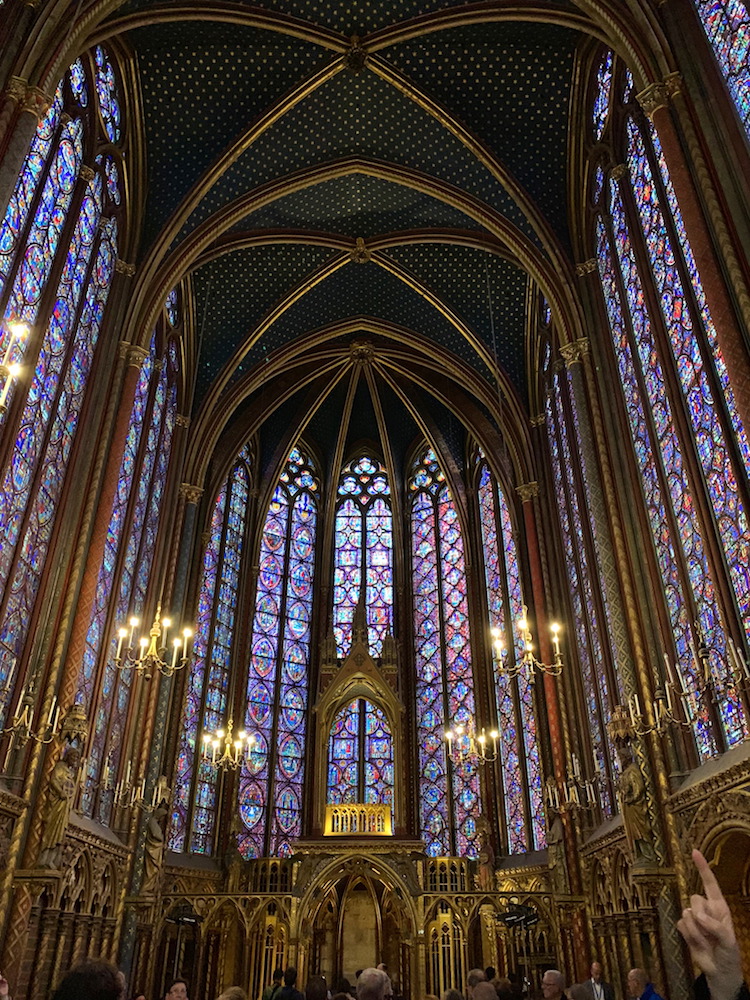

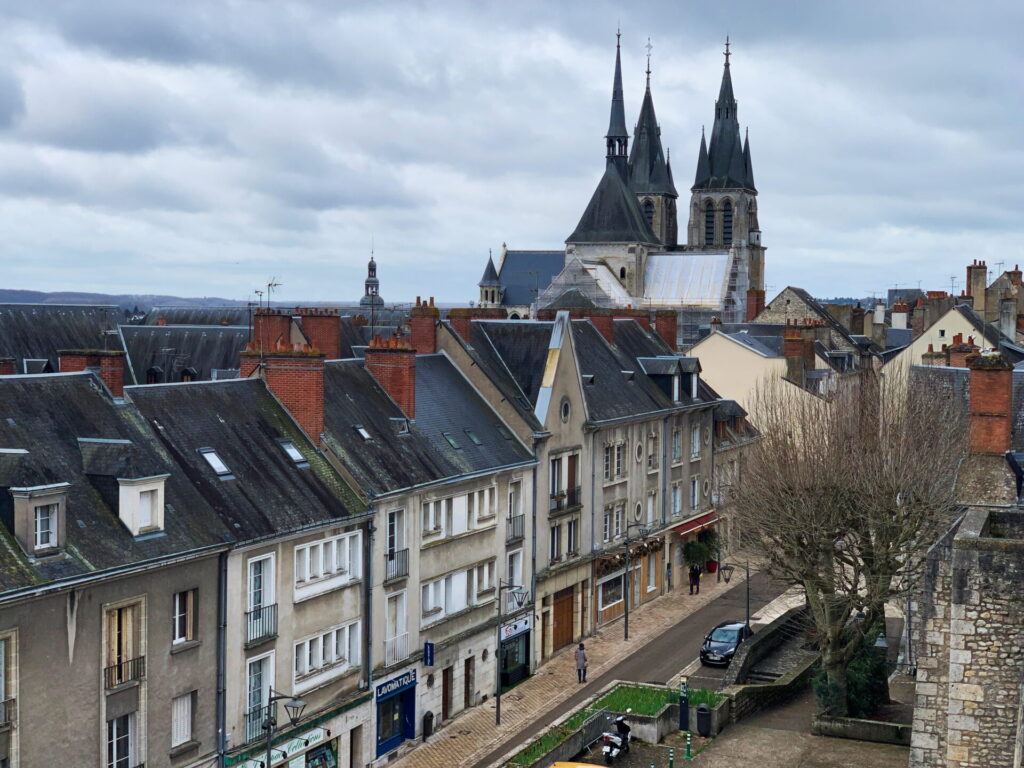

All France Blog Posts
-
Paris to Amsterdam Itinerary – 7 Days in Europe
For travelers planning their first trip to Europe, I’d make several recommendations. Typically, I recommend starting in Ireland or the United Kingdom, particularly for those…
-
A 7 Day London and Paris Itinerary
London and Paris are both fabulous European cities to explore. Plus, both are great choices for a first visit to Europe. Both cities have a…
-
The Perfect Two Day Paris Itinerary
I’ve heard many people say that Paris is overrated and not worth much time. I disagree, but I will add the caveat that it is…
-
Paris, Belgium, & Amsterdam Itinerary: 10 Days in Europe
With ten days to spend in Europe, you can take on this classic itinerary and travel from Paris to Amsterdam (with some added stops in…
-
A Layover in Paris – Tips and What to Do
Paris is one of my favorite cities in the world. It’s one of the few cities that I’ve visited for more than just a day…
-
Five Days in Paris – The Perfect Itinerary
I’ve often read that Paris is overrated and not worth much time. I disagree, but I will add the caveat that it is important to…
-
France Train Tickets – Everything You Need to Know
Buying train tickets should be pretty straightforward. For some places it is, and for other places you have to work a little harder than you…
-
How to Explore the Loire Valley Without a Car
When I first started planning my trip to France’s Loire Valley, nearly every piece of information said that you must rent a car in the…
-
Chateaux of the Loire Valley – Which Castles to Visit
The Loire Valley in France is a region that’s defined by the Loire River. In just a 175 mile stretch of this river, you’ll find…

